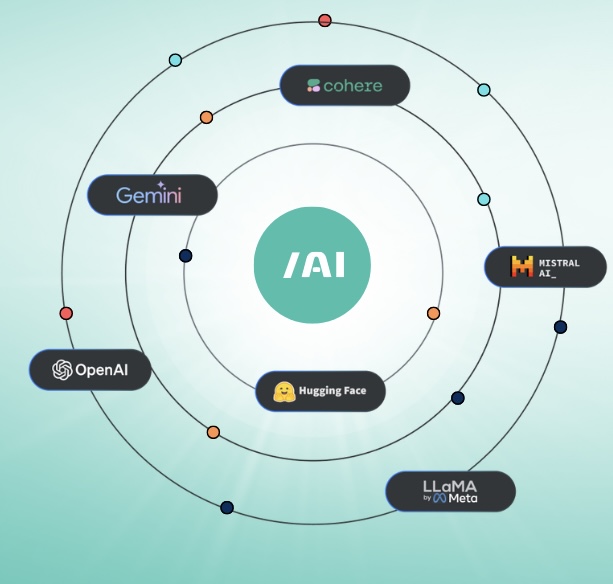The emergence of Generative AI (GenAI) and Large Language Models (LLMs) has ushered in a transformative era for enterprises worldwide. From automating customer interactions to driving data-driven decision-making, AI is rapidly reshaping how businesses operate and compete. However, as the potential of AI grows, so too does the complexity and risk.
AI systems don’t just introduce innovation, they introduce new vulnerabilities and challenges. Adversarial threats like model poisoning and prompt injections can corrupt AI outputs. Model bias can even produce discriminatory outcomes. Data leakage threatens sensitive information and while the regulatory landscape continues to evolve, compliance becomes a moving target.
In short, the unchecked deployment of AI can spiral into a slew of difficulties. Taking this dynamic environment into consideration, AI governance is no longer optional, it’s essential. Organizations need a strategic framework to manage AI responsibly, securely, and in line with global standards. Without a solid governance foundation, AI deployments may go haywire and exacerbate risks.
DTS Solution’s S3CURE/AI framework is a comprehensive approach to secure AI adoption. It provides a holistic framework built on three (S3) core pillars the first of which is AI Governance Management Systems (AIMS). AIMS offers a structured policy-driven approach to governing AI systems, blending rigorous governance, risk management, and compliance controls to ensure AI is deployed safely and ethically.

AIMS employs four key components to provide enterprise-grade AI governance strategy in order to mitigate risks and align with global standards. These components include
The emergence of Generative AI (GenAI) and Large Language Models (LLMs) has ushered in a transformative era for enterprises worldwide. From automating customer interactions to driving data-driven decision-making, AI is rapidly reshaping how businesses operate and compete. However, as the potential of AI grows, so too does the complexity and risk.
AI systems don’t just introduce innovation, they introduce new vulnerabilities and challenges. Adversarial threats like model poisoning and prompt injections can corrupt AI outputs. Model bias can even produce discriminatory outcomes. Data leakage threatens sensitive information and while the regulatory landscape continues to evolve, compliance becomes a moving target. In short, the unchecked deployment of AI can spiral into a slew of difficulties. Taking this dynamic environment into consideration, AI governance is no longer optional, it’s essential. Organizations need a strategic framework to manage AI responsibly, securely, and in line with global standards. Without a solid governance foundation, AI deployments may go haywire and exacerbate risks.
DTS Solution’s S3CURE/AI framework is a comprehensive approach to secure AI adoption. It provides a holistic framework built on three (S3) core pillars the first of which is AI Governance Management Systems (AIMS). AIMS offers a structured policy-driven approach to governing AI systems, blending rigorous governance, risk management, and compliance controls to ensure AI is deployed safely and ethically.
AIMS employs four key components to provide enterprise-grade AI governance strategy in order to mitigate risks and align with global standards. These components include

AI Governance Policies
These principles establish a core set of rules and protocols that ensure AI systems operate ethically, safely, and transparently throughout their lifecycle They address critical issues such as ethical AI principles, data management methods, and guidelines for AI model development, validation, deployment, and decommissioning. The use of policies ensures that AI systems adhere to regulatory frameworks such as ISO 42001, UAE IA, PDPL etc to maintain legal and ethical compliance. Furthermore, by incorporating human oversight into critical processes, enterprises can maintain a level of accountability and reduce the risks of biased or flawed AI decisions. This policy-driven approach ensures AI remains aligned with organizational values and societal expectations.
AI Cyber Risk Modelling and Assessment
This facet of AIMS focuses on identifying, evaluating, and mitigating cyber threats unique to AI systems, particularly those leveraging Large Language Models (LLMs). This entails conducting rigorous threat modelling to identify threats such as model inversion, data poisoning, and rapid injection. Risk scoring frameworks such as MITRE ATLAS, OWASP etc are then leveraged to help prioritize these risks. Attack surface analysis also pinpoints vulnerabilities across data inputs, model architecture, APIs, and inference pipelines. This risk management is continuously engaged to assess threats thereby helping organizations proactively protect AI systems from exploitation and operational disruptions.
AI Governance Policies
These principles establish a core set of rules and protocols that ensure AI systems operate ethically, safely, and transparently throughout their lifecycle They address critical issues such as ethical AI principles, data management methods, and guidelines for AI model development, validation, deployment, and decommissioning. The use of policies ensures that AI systems adhere to regulatory frameworks such as ISO 42001, UAE IA, PDPL etc to maintain legal and ethical compliance. Furthermore, by incorporating human oversight into critical processes, enterprises can maintain a level of accountability and reduce the risks of biased or flawed AI decisions. This policy-driven approach ensures AI remains aligned with organizational values and societal expectations.
AI Cyber Risk Modelling and Assessment
This facet of AIMS focuses on identifying, evaluating, and mitigating cyber threats unique to AI systems, particularly those leveraging Large Language Models (LLMs). This entails conducting rigorous threat modelling to identify threats such as model inversion, data poisoning, and rapid injection. Risk scoring frameworks such as MITRE ATLAS, OWASP etc are then leveraged to help prioritize these risks. Attack surface analysis also pinpoints vulnerabilities across data inputs, model architecture, APIs, and inference pipelines. This risk management is continuously engaged to assess threats thereby helping organizations proactively protect AI systems from exploitation and operational disruptions.
AI Adversarial Defence Blueprint
This Defence Blueprint equips organizations with strategies to defend against adversarial attacks designed to corrupt or manipulate AI outputs. S3CURE/AI uses techniques such as –
- Adversarial testing – which simulates attack scenarios and evaluates the system’s capacity to handle them.
- Defensive controls – which involves deploying efficient defences as input sanitization, adversarial training, gradient masking, and model integrity checks to fortify AI models. This blueprint ensures resilience by minimizing susceptibility to evasion attacks, prompt manipulation, and data poisoning.
AI Governance Policies
This final component ensures that AI systems where the other three components have been embedded, meet evolving regulatory requirements and industry standards. This involves aligning AI practices with frameworks like GDPR, the EU AI Act, and ISO/IEC 42001 among others. This component sees to it that organizations that properly manage the integration, usage and lifecycle of AI systems can then mitigate compliance risks, avoid penalties, and build trust with stakeholders through demonstrable AI governance and transparency.
AI Adversarial Defence Blueprint
This Defence Blueprint equips organizations with strategies to defend against adversarial attacks designed to corrupt or manipulate AI outputs. S3CURE/AI uses techniques such as –
- Adversarial testing – which simulates attack scenarios and evaluates the system’s capacity to handle them.
- Defensive controls – which involves deploying efficient defences as input sanitization, adversarial training, gradient masking, and model integrity checks to fortify AI models. This blueprint ensures resilience by minimizing susceptibility to evasion attacks, prompt manipulation, and data poisoning.
AI Compliance Management
This final component ensures that AI systems where the other three components have been embedded, meet evolving regulatory requirements and industry standards. This involves aligning AI practices with frameworks like GDPR, the EU AI Act, and ISO/IEC 42001 among others. This component sees to it that organizations that properly manage the integration, usage and lifecycle of AI systems can then mitigate compliance risks, avoid penalties, and build trust with stakeholders through demonstrable AI governance and transparency.
Why AIMS is Critical for Enterprise AI
- Risk Mitigation – Proactively identify and defend against AI-specific threats like adversarial attacks, data leakage, and prompt injections.
- Regulatory Compliance – Ensure AI deployments comply with evolving regulations, avoiding legal penalties and reputational damage
- Ethical AI Deployment – Guarantee fairness, accountability, and transparency in AI operations.
- Operational Integrity – Strengthen AI lifecycle management with governance controls, ensuring AI models perform reliably and securely.
One of the first of its kind in the industry, S3CURE/AI provides calm in the ongoing storm of AI innovations by ensuring that as they are quickly adopted and integrated, organizations remain secure, compliant, and resilient.
Ready to transform your AI strategy?
Explore how S3CURE/AI can fortify your AI deployments and drive secure, ethical innovation today.
Why AIMS is Critical for Enterprise AI
- Risk Mitigation – Proactively identify and defend against AI-specific threats like adversarial attacks, data leakage, and prompt injections.
- Regulatory Compliance – Ensure AI deployments comply with evolving regulations, avoiding legal penalties and reputational damage.
- Ethical AI Deployment – Guarantee fairness, accountability, and transparency in AI operations.
- Operational Integrity – Strengthen AI lifecycle management with governance controls, ensuring AI models perform reliably and securely.
One of the first of its kind in the industry, S3CURE/AI provides calm in the ongoing storm of AI innovations by ensuring that as they are quickly adopted and integrated, organizations remain secure, compliant, and resilient.
Ready to transform your AI strategy?
Explore how S3CURE/AI can fortify your AI deployments and drive secure, ethical innovation today.
See also:

